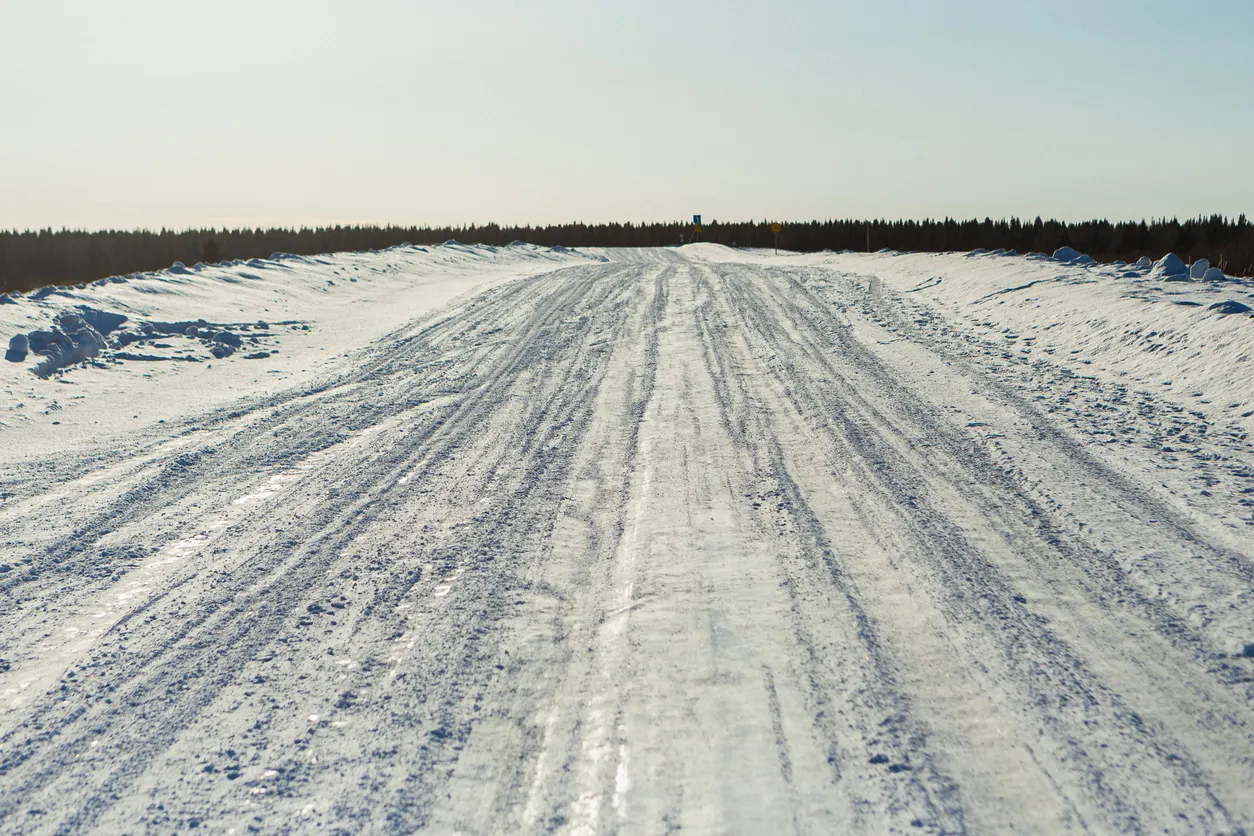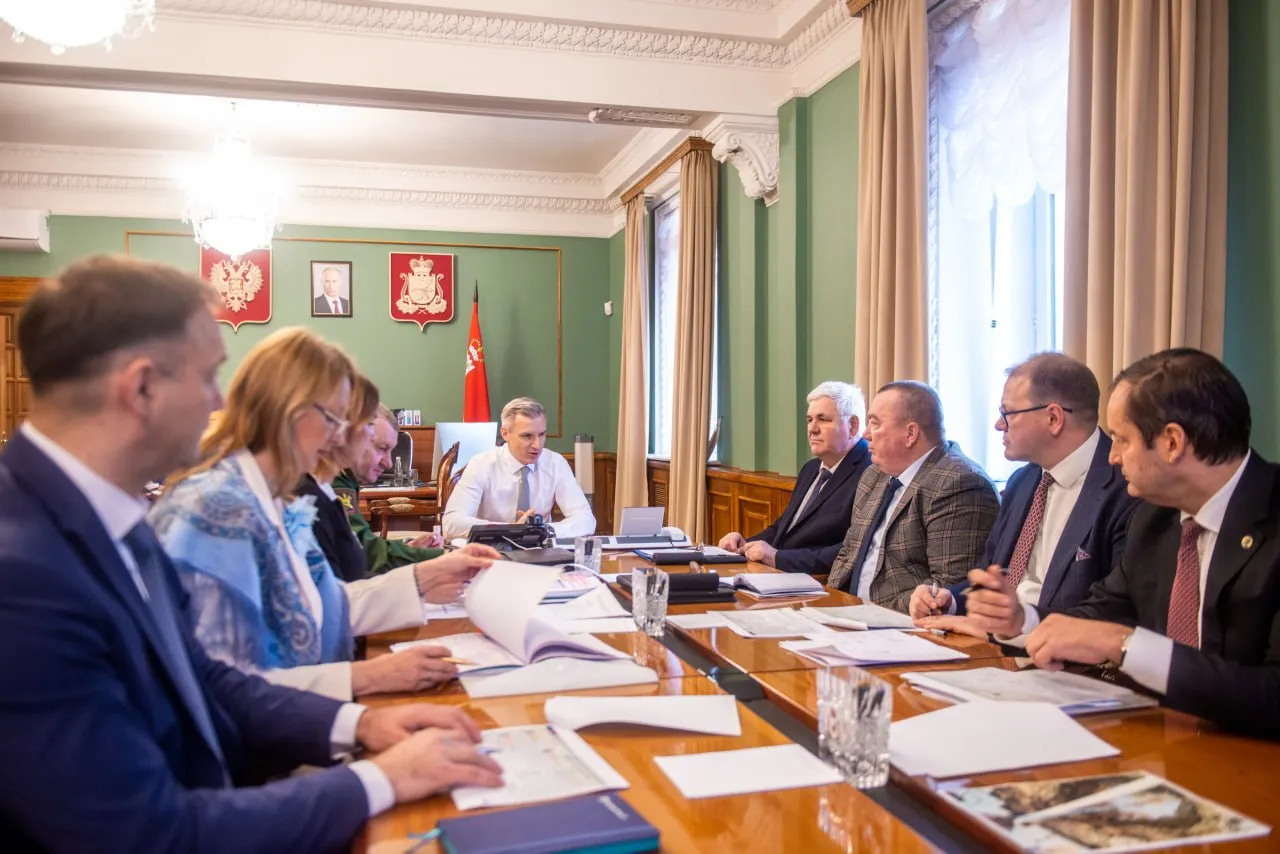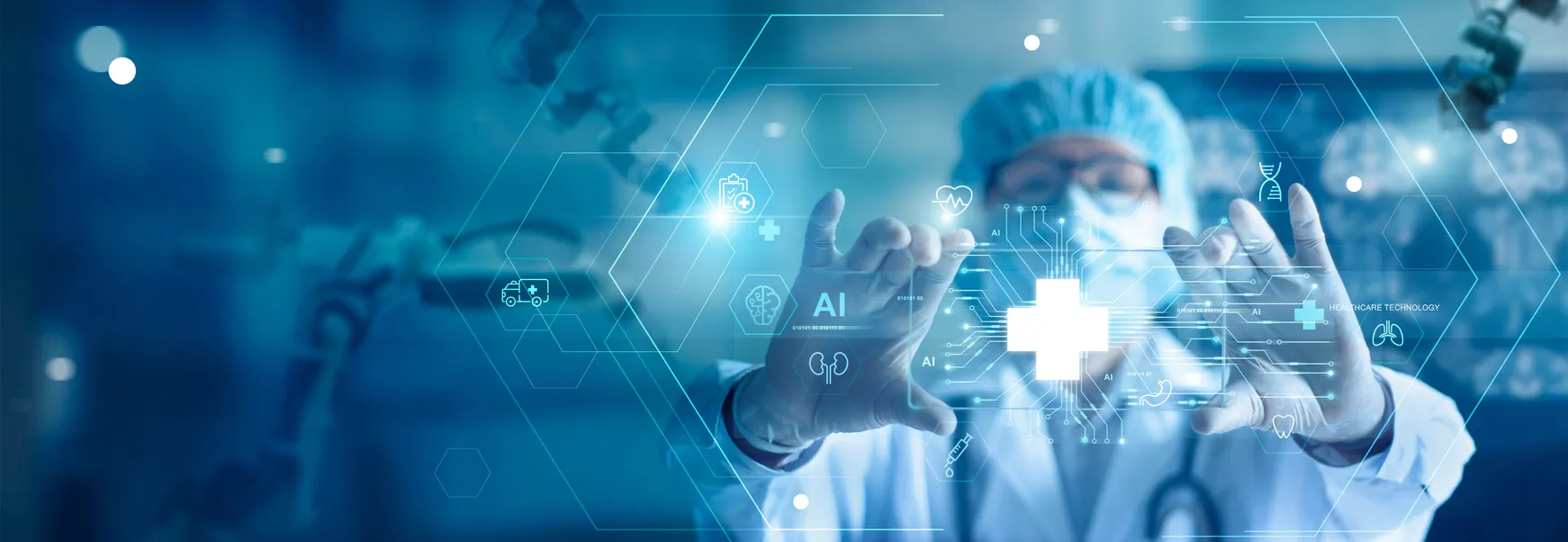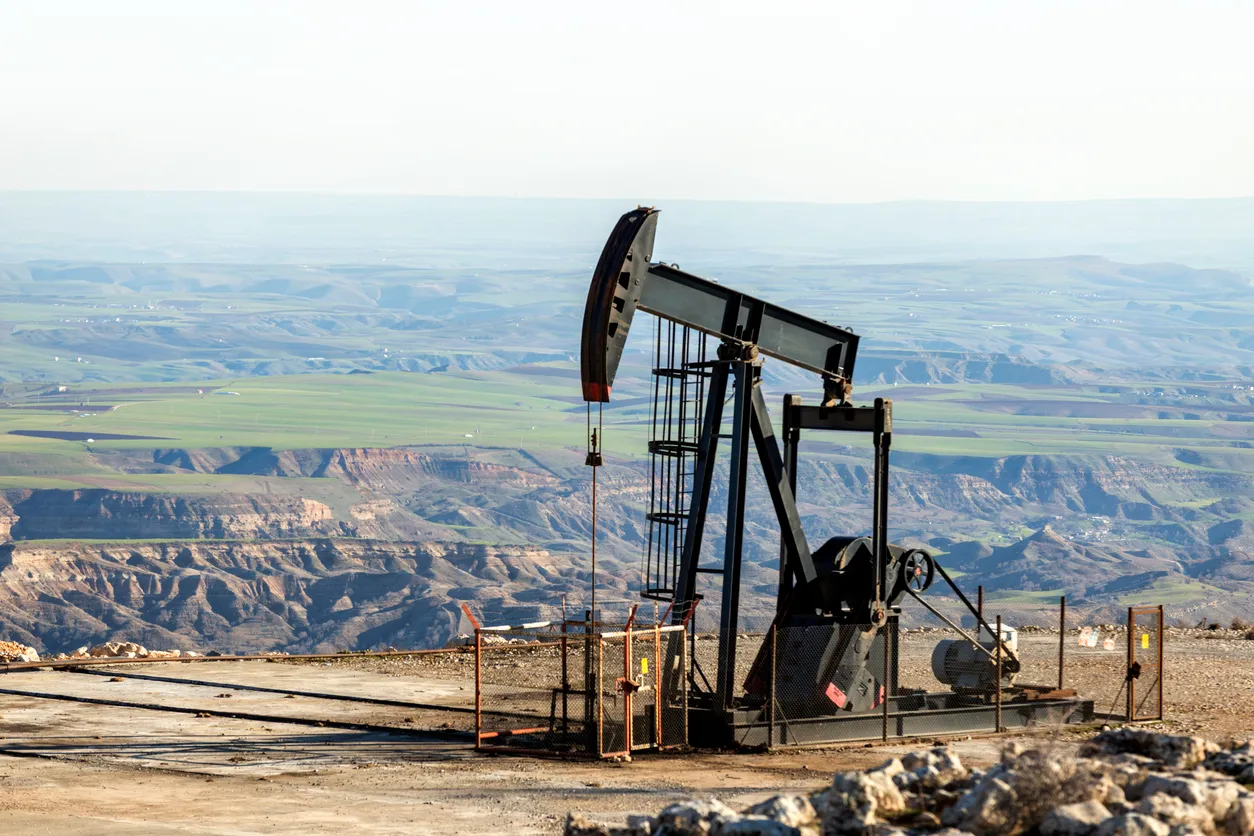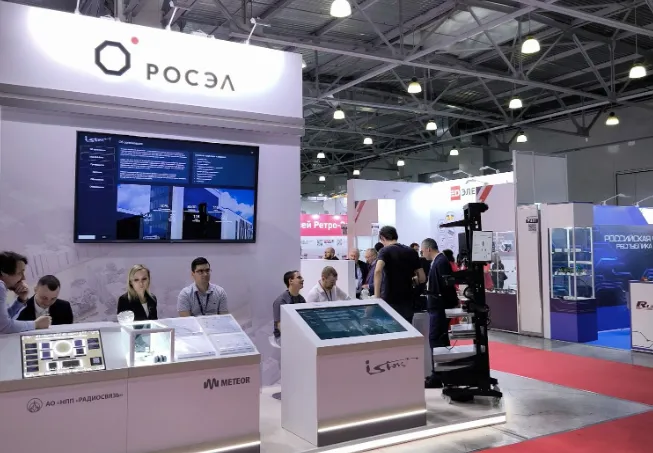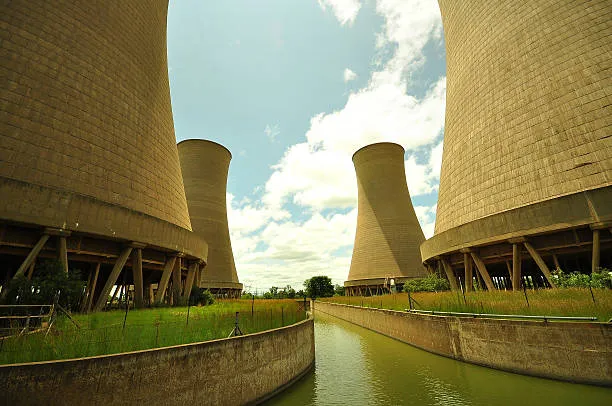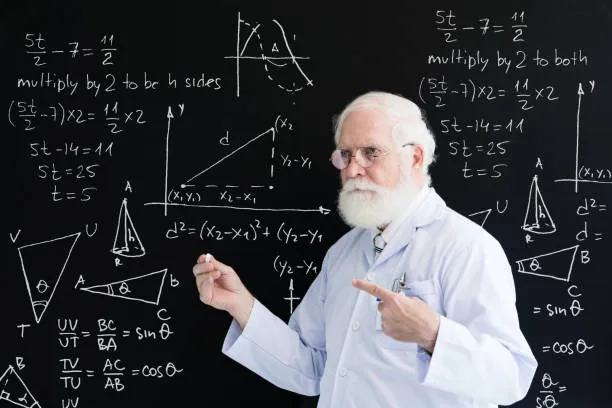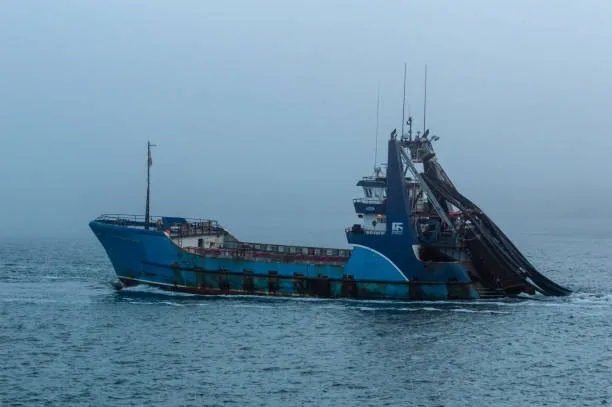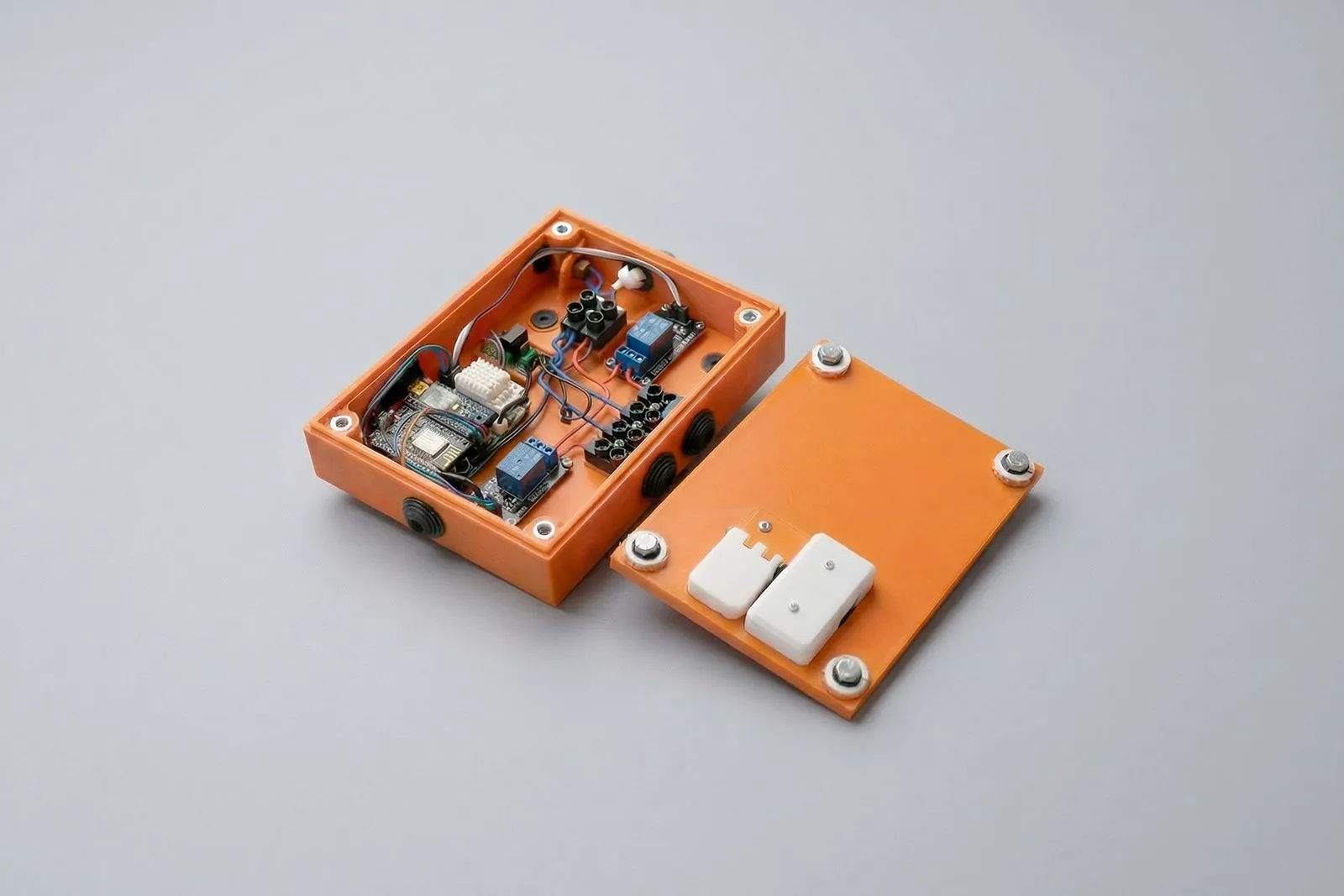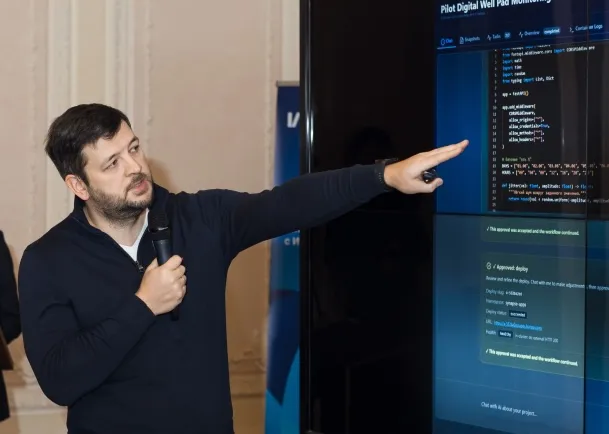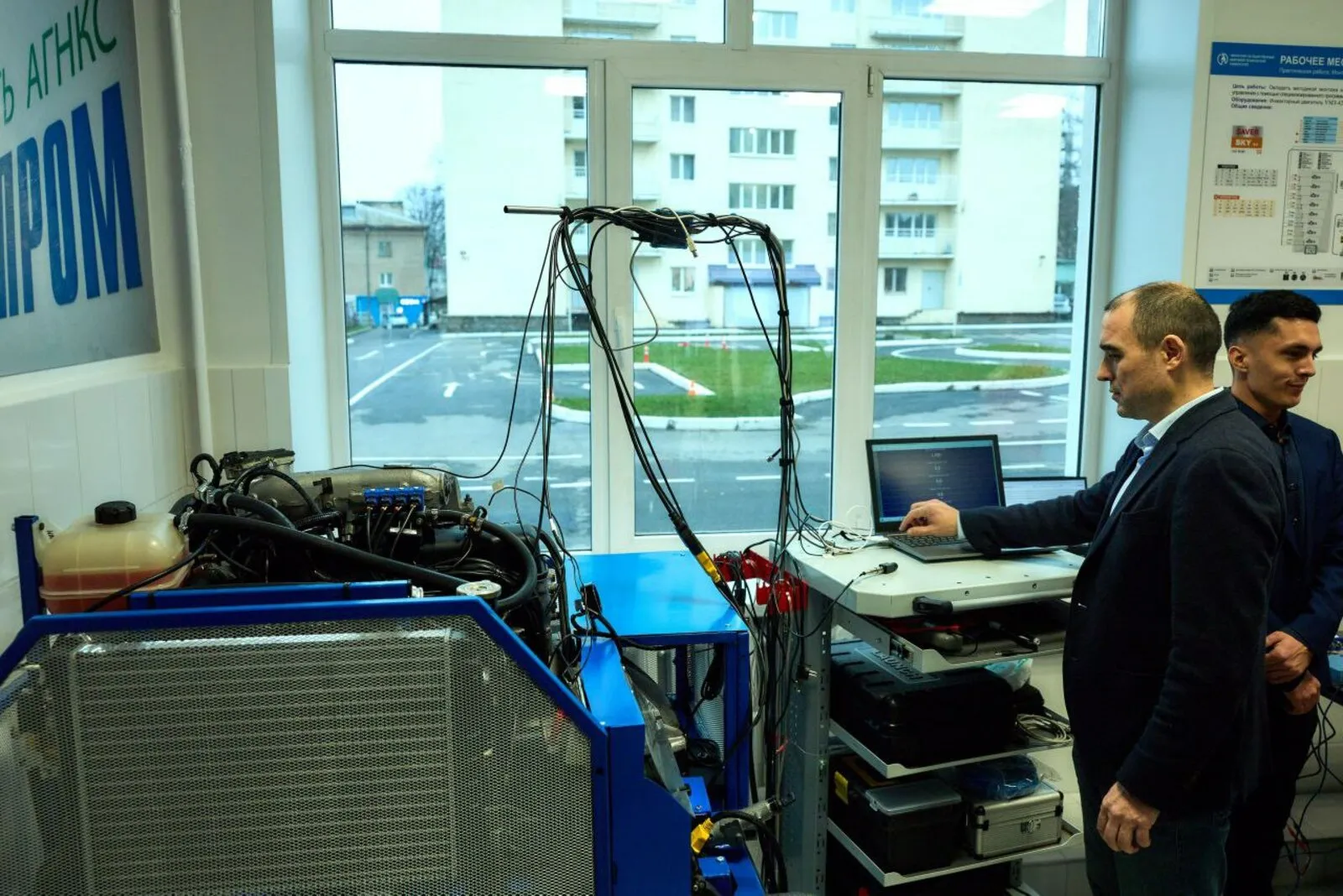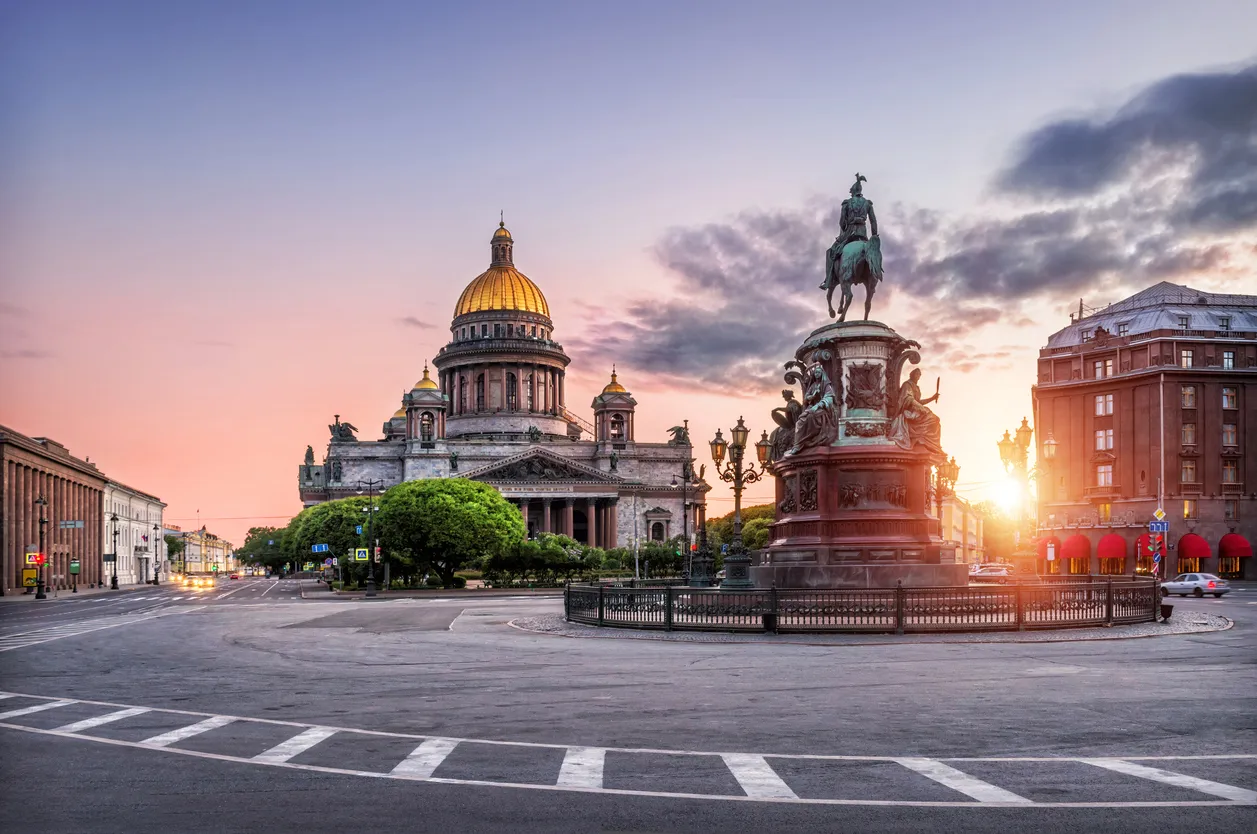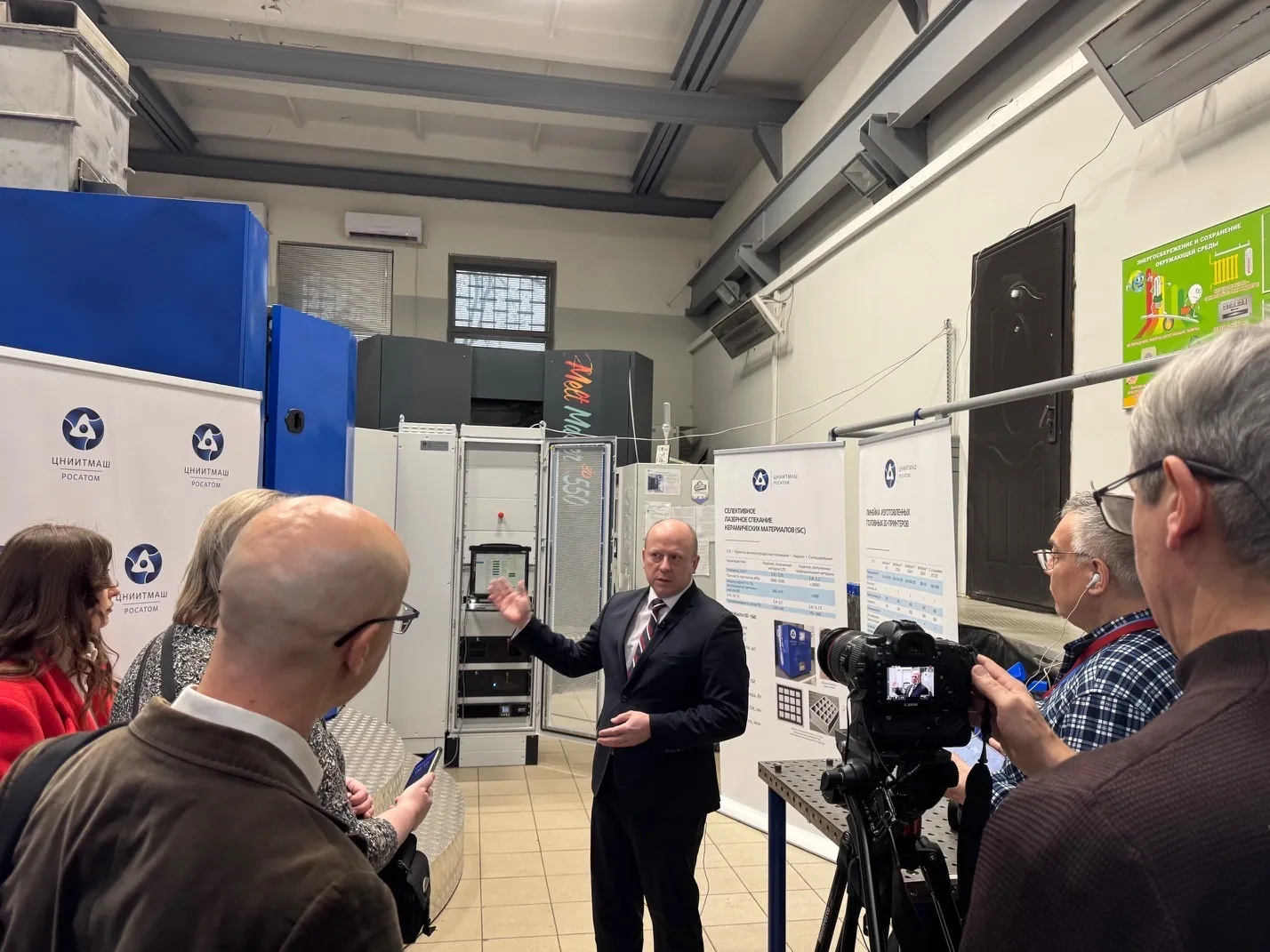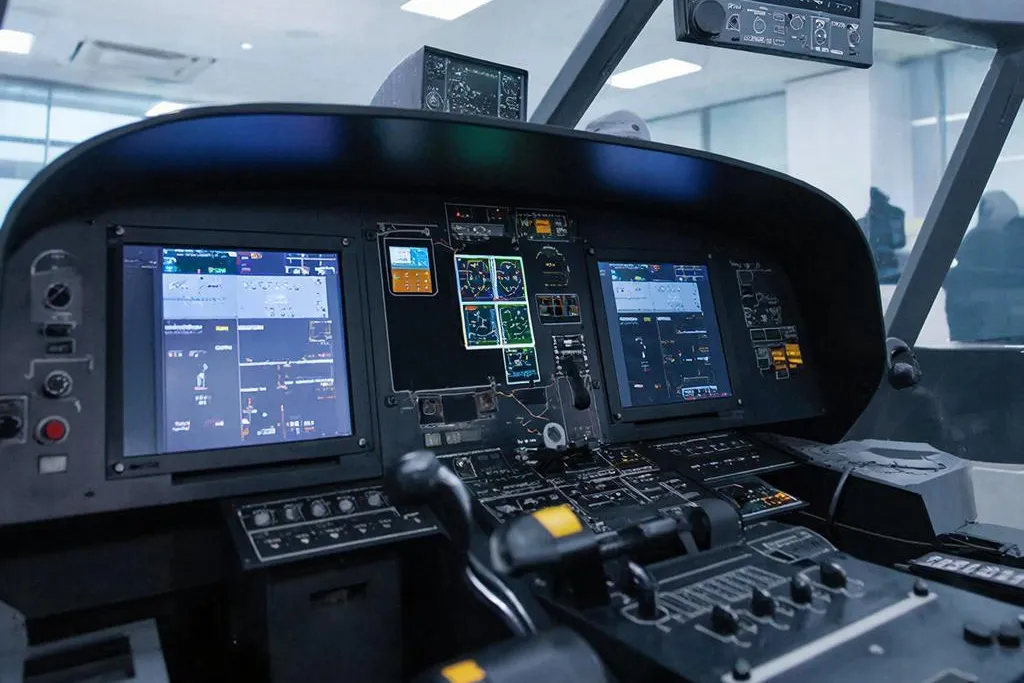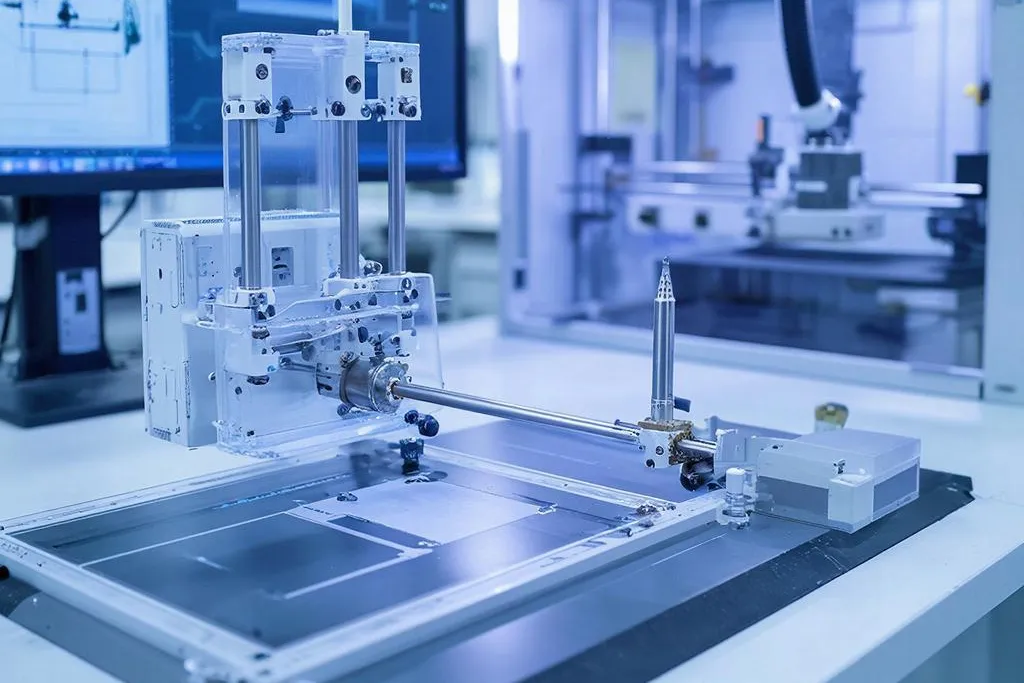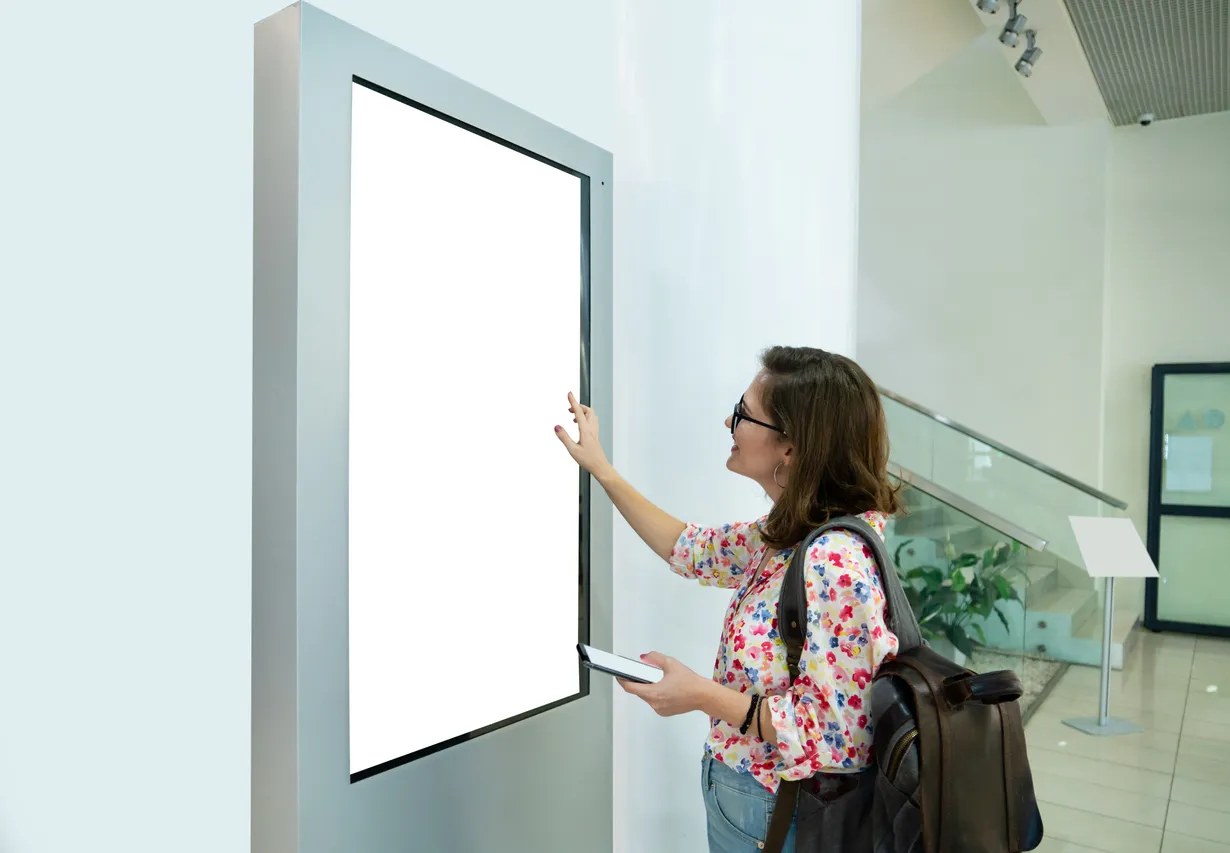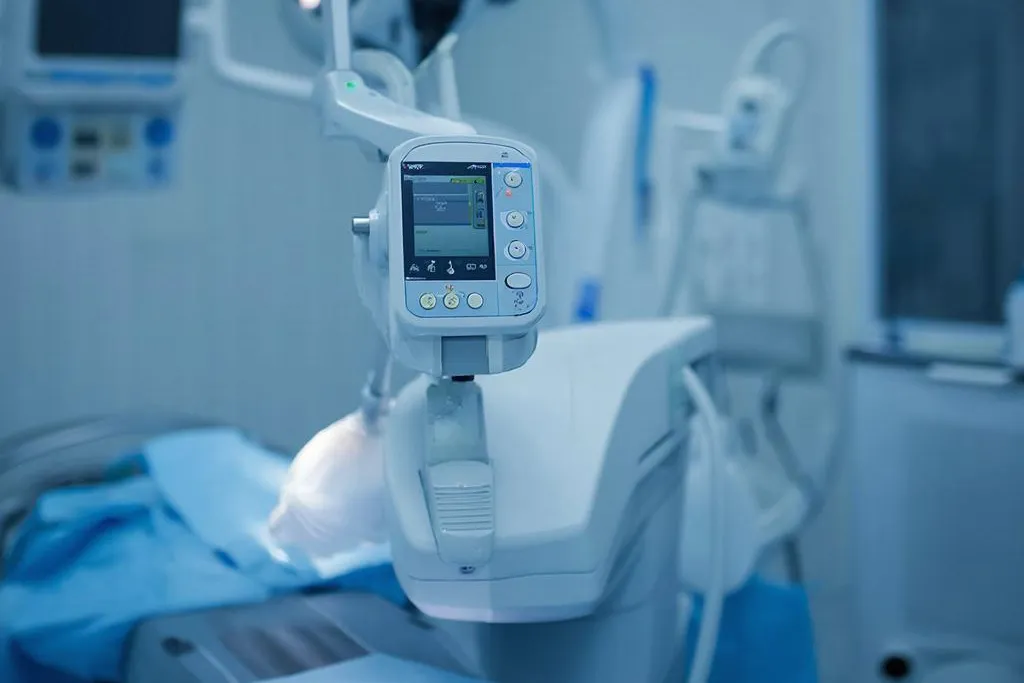Russia Ranks Among Global Leaders in Autonomous Transport, Minister Says
Transport Minister Andrey Nikitin outlines how high-speed rail, autonomous systems, and digital logistics are reshaping the country’s infrastructure.
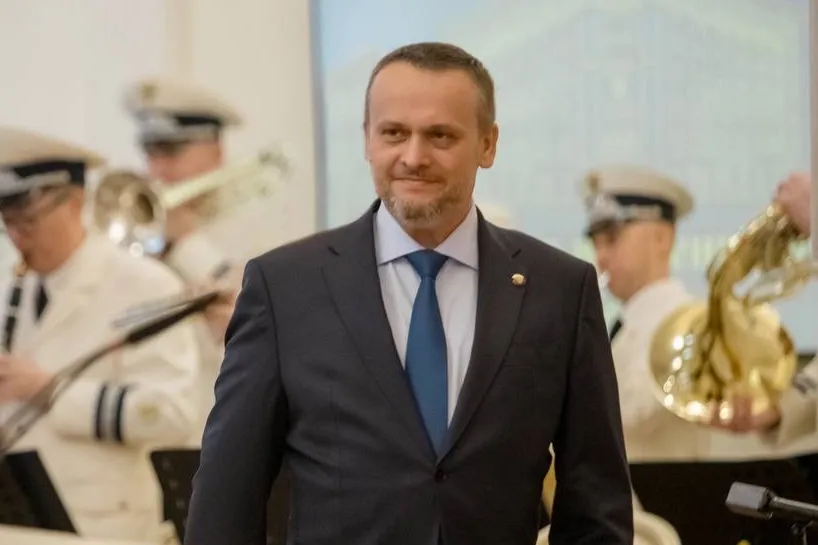
Russia is undergoing a large-scale technological transformation of its transport sector, developing advanced domestic technologies and building the infrastructure of the future. Key national projects include the Moscow–St. Petersburg high-speed rail line, the expansion of autonomous transport, and the digital overhaul of logistics, Transport Minister Andrey Nikitin told Expert magazine.
High-Speed Rail as a Catalyst for Innovation
Nikitin called the Moscow–St. Petersburg high-speed line “not just a new road, but a comprehensive innovation project with no global analog under such climatic conditions.”
Among the standout innovations is a ballastless rail slab developed by Natsproektstroy Group. Each slab includes a digital “passport” that records its composition and location, enabling full lifecycle tracking. The project will engage around 150 industrial enterprises, driving growth across multiple sectors.
According to Nikitin, Russia now ranks among the top three global leaders in autonomous transport, alongside China and the United States. The ministry is prioritizing the rollout of self-driving systems in public utilities, agriculture, and other civilian industries. “Our main priority remains ensuring safety,” he emphasized.
The Digital Future of Logistics
A major shift is also coming to freight logistics. Starting September 1, 2026, all transport documentation in Russia will move to electronic waybills via the National Digital Transport and Logistics Platform, known as Goslog.
By February 2026, the Eurasian Economic Union (EAEU) will begin tracking shipments through navigation seals, creating a unified digital space for freight data. Future integration with the ERA-GLONASS satellite system will allow real-time monitoring of road, rail, and sea transport through a single digital window.
Nikitin concluded that these initiatives aim to build a modern, efficient transport framework—one that will accelerate economic growth and improve quality of life across Russia.



